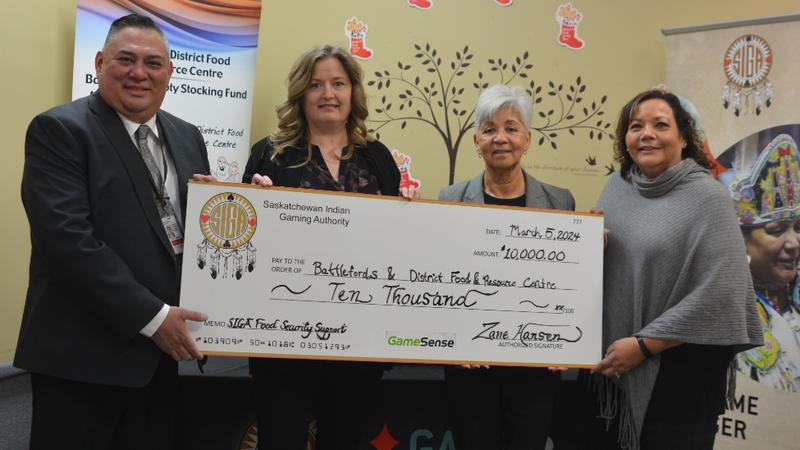A few quick facts about federal spending, assistance during a natural disaster
OTTAWA — On Monday, Public Safety Minister Ralph Goodale said the government would work out with Ontario and Quebec who would cover what costs as part of the response to ongoing flooding. Less than 24 hours later, Prime Minister Justin Trudeau said a decision had apparently been reached: The federal government would pick up the costs of sending the military to help in Quebec flood zones.
The statement closed a political vacuum about who was going to pay for what. But there’s more to it than the military costs. Here’s what you need to know.
1) The military doesn’t charge provinces directly for responding to a natural disaster, but that’s not to say the charges can’t make their way there indirectly. The Defence Department can ask Public Safety Canada to pay, but the decision to do so is done a case-by-case basis. Even if National Defence asks for compensation, it’s ultimately up to the government to decide whether National Defence, Public Safety Canada or, as a last resort, the relevant province cover those costs. A spokesman for Public Safety Minister Ralph Goodale said there are no recent examples of the government charging a province. Defence Department records show the military racked up $15.3 million in extra costs associated with helping out during natural disasters such as floods and forest fires over the last five years, not including the Fort McMurray wildfires, the cost of which officials were unable to provide Tuesday.
2) Any other spending is usually worked out between the two levels of government. A disaster assistance fund lays out a detailed formula for how much cash the federal government pays out. The formula sets a minimum amount of spending, below which provinces pick up the entire tab; as costs rise above that threshold, the percentage covered by federal dollars goes up as well. Since 1970, when the fund came into existence, the federal government has paid more than $3.4 billion to provinces and territories in response to disasters.


